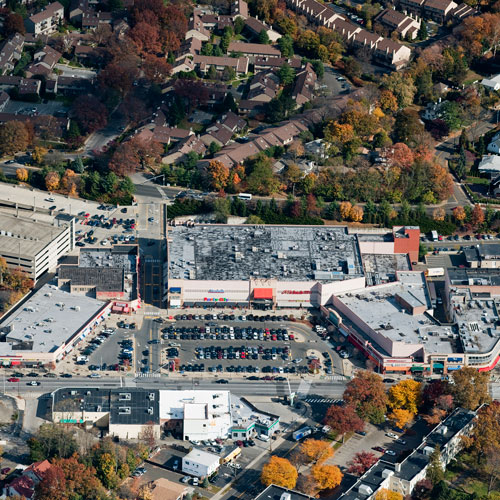
You’ve been in the health-care real estate business a long time. What challenges does it present?
Health care is one of the fastest-growing sectors of the real estate industry for a number of reasons. Over the last few years, there have been many consolidations in the industry. We’re seeing medical office buildings get larger and move off hospital campuses. The change is being driven by convenience—what I call the “consumerism of health care”—and cost, as it’s much less expensive to build off-campus. And, it’s driving the construction of new facilities. Additionally, medical office buildings are also seen by the investment community as stable investments.
How has the Affordable Care Act impacted the industry?
Everyone is facing cost constraints, so everyone has to be more efficient in the use of capital and operating dollars. The way that translates into the physical environment is more off-campus development and more efficient space design. For example, we’re seeing spaces with fewer doctor’s offices and more open layouts. Essentially, what happened with commercial office spaces a few years ago is happening with health-care spaces today.
What about the demand for sustainability? Is that driving change in the industry?
At any health-care organization, sustainability is important. The challenge is finding how to incorporate it into one’s existing and new portfolios in a cost-effective way.
How have the changes in health care affected your role at McKesson?
We’re primarily a pharmacy-distribution and a health-care-IT company, so we always have to be very efficient in terms of how we operate our business since hospital systems, which are under cost pressures, are some of our largest clients. We’re trying to solve problems for them by providing solutions that create greater efficiencies, such as health-care IT systems. But, in addition to being a pharmacy-distribution and a health-care-IT company, we have cancer-treatment facilities, so we manage medical office buildings. It’s my responsibility to manage the company’s entire real estate portfolio, which includes acquisition, construction, and ongoing maintenance of properties. So, basically, I oversee the entire facilities life cycle for more than 1,000 facilities comprising about 30 million square feet of space.
What are some of the challenges you face consistently?
We’re seeing significant increases in construction costs around the country, particularly in major markets. Demand decreased during the recession of the past few years, when not much got built, so a lot of folks left the construction industry. Now, the economy has strengthened. Things have ramped up quickly, and there’s high demand in many areas of the economy for construction materials and labor. But, there aren’t a lot of qualified folks left to do the work, [and there are] increases in commodity prices.
And how are the increases in costs and demand influencing the specific initiatives you’re working on now?
Lowering our cost structure is important. We’re looking at how we view these investments from a total-cost-of-ownership perspective. It’s not just the front-end capital piece; we’re going to own some of these properties for a significant amount of time, so we want to make the right investments in terms of building infrastructure that will allow us to reduce our long-term cost structure. We’re also standardizing our building types and looking outside the health-care industry to see if we can find innovative building designs and construction practices that we could utilize.
Are any of your new initiatives creating additional challenges for you?
We’ve just acquired a large European company called Celesio, which is a leading international provider of services to the health-care sectors, with almost 40,000 people working in 16 different countries. That will dramatically affect us. We’re now more of a global company, operating throughout Europe and a couple locations in South America. As our footprint has dramatically expanded, so have our real estate management challenges.
What do you think you can continue to bring to the table as McKesson goes worldwide?
The health-care system is changing, and I offer change management. One thing I’ve done here is increase the focus on the internal customer—really understanding the business we’re in. And global real estate is not a core competency of the organization; we’re a shared service, and as a shared service, we only exist to serve the business. So, I’ve been looking to outsource more to companies such as CBRE and Jones Lang LaSalle, who do have core competencies in real estate.


